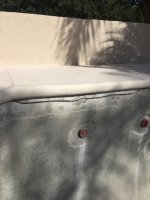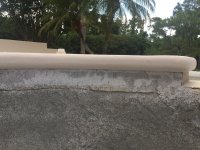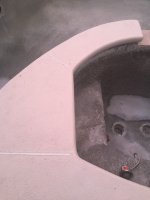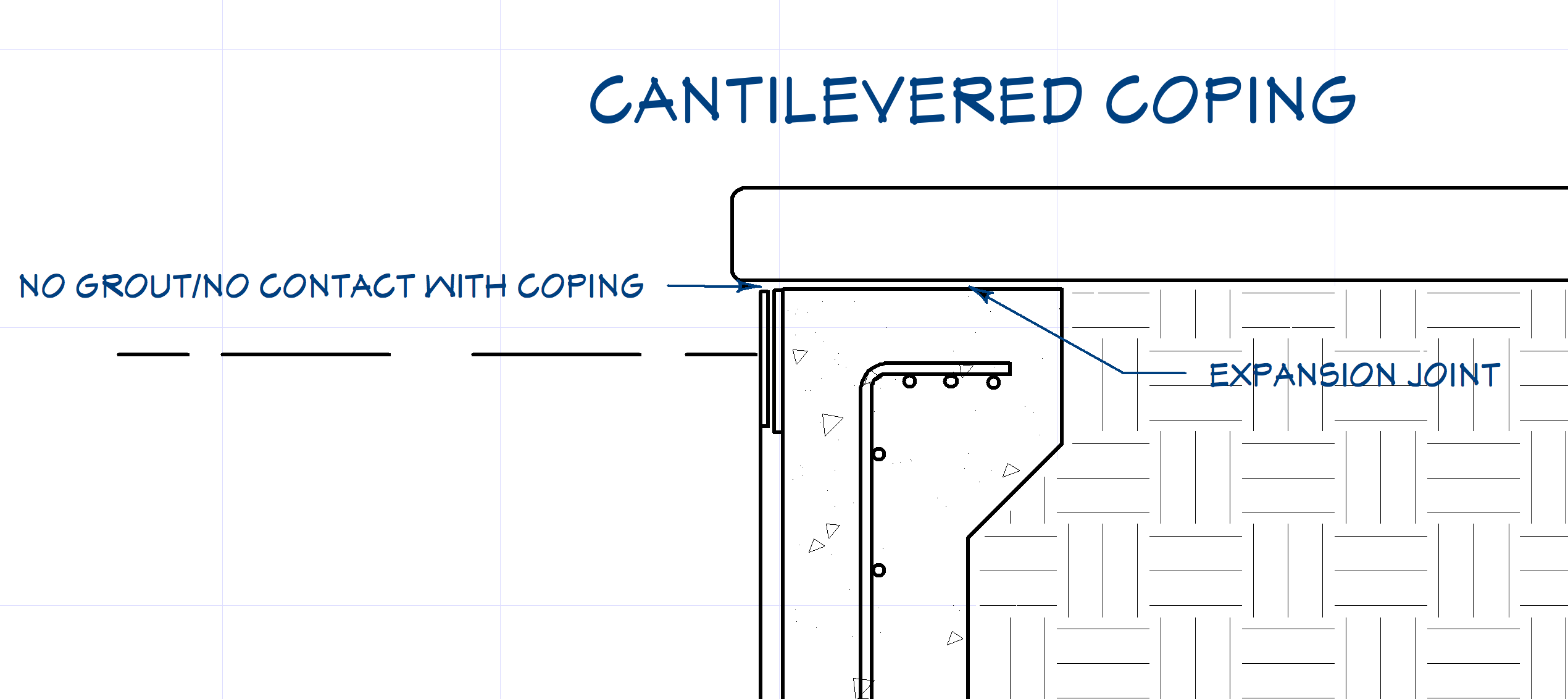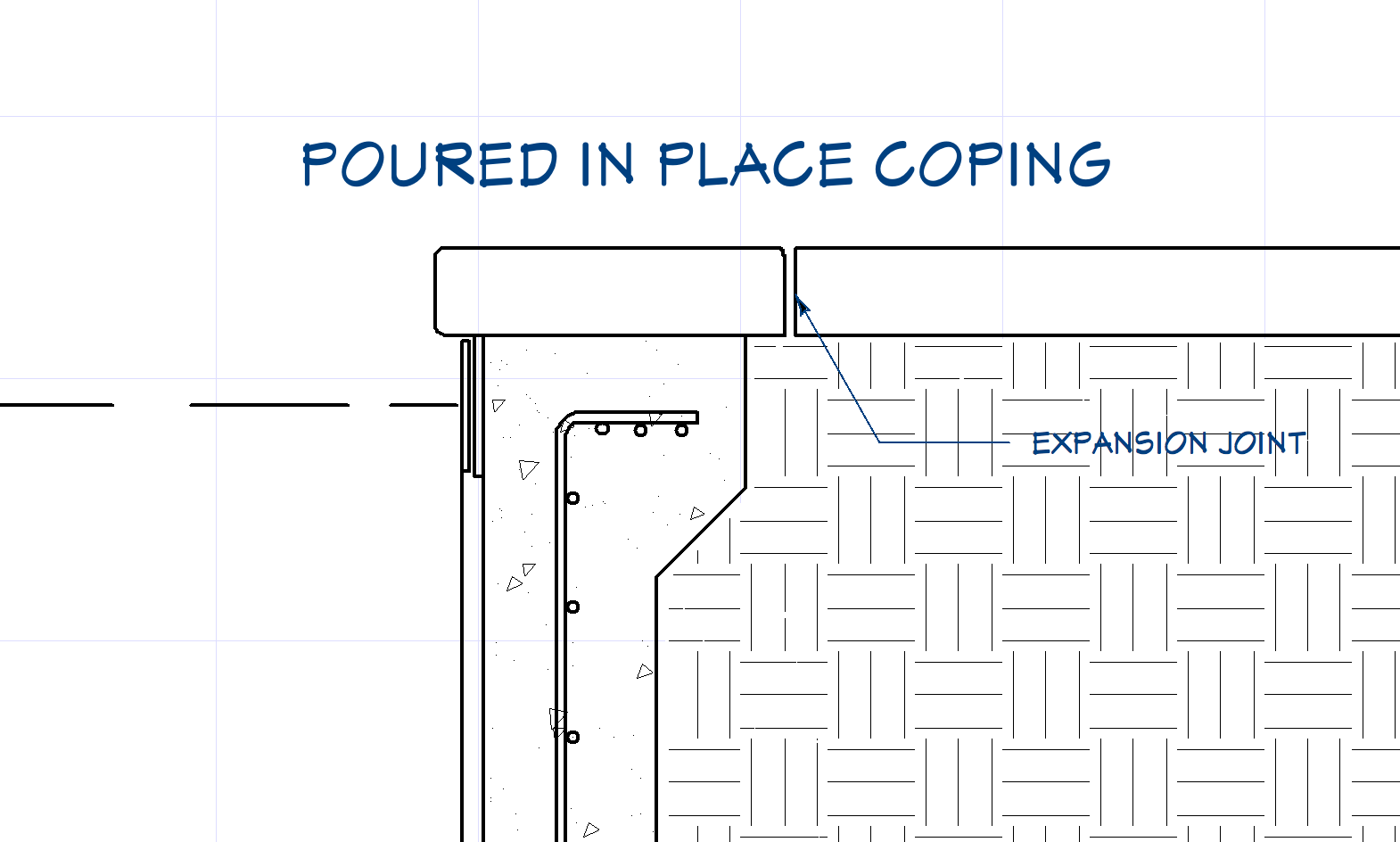My next project,
Good Evening all, I am relatively new to this forum and have found a lot of useful information. This my first post.
We are in the process of having our pool refinished and I have a question as to the best way to correctly repair cracks at the level of the bond beam.
Pool is 30 years old, never been resurfaced. Shell is otherwise in good condition.
We have several areas of our pool which have cracks in the waterline tile. The spa has opposing cracks along the level of the bond beam on both the inside and outside of the spa which is particularly concerning as it appears that the entire bond beam along the top of one side of the spa has shifted.
The pool resurfacing company wants to V out along the cracks, fill the cracks with mortar and apply tile.
I have attached images of the cracks (all have been V cut by the pool resurfacing company except the spa.
Any suggestions, recommendations or comments would be appreciated.
Thanks,
Darren
Good Evening all, I am relatively new to this forum and have found a lot of useful information. This my first post.
We are in the process of having our pool refinished and I have a question as to the best way to correctly repair cracks at the level of the bond beam.
Pool is 30 years old, never been resurfaced. Shell is otherwise in good condition.
We have several areas of our pool which have cracks in the waterline tile. The spa has opposing cracks along the level of the bond beam on both the inside and outside of the spa which is particularly concerning as it appears that the entire bond beam along the top of one side of the spa has shifted.
The pool resurfacing company wants to V out along the cracks, fill the cracks with mortar and apply tile.
I have attached images of the cracks (all have been V cut by the pool resurfacing company except the spa.
Any suggestions, recommendations or comments would be appreciated.
Thanks,
Darren


